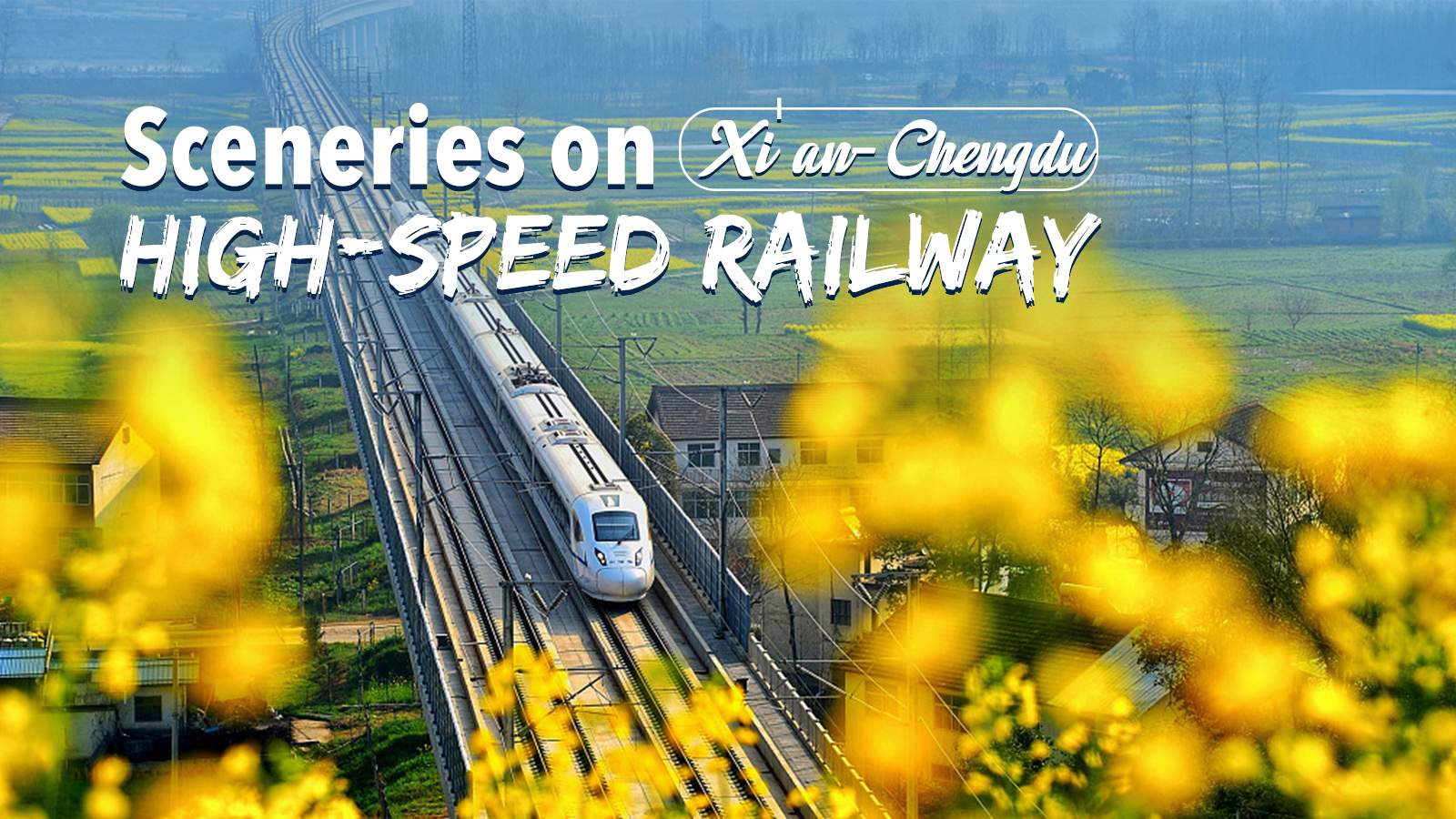It's been over a year since the Xi'an-Chengdu high-speed railway came into service on December 6, 2017. As the first high-speed railway route running between Sichuan Province and northwest China, it marks another milestone in China's rail history.
On top of that, it is also a fascinating travel route that links two popular tourist destinations within a greatly shortened travel time. The whole journey from Xi'an to Chengdu used to take up to 16 hours and now takes only three, enabling people to take round trip in a day.
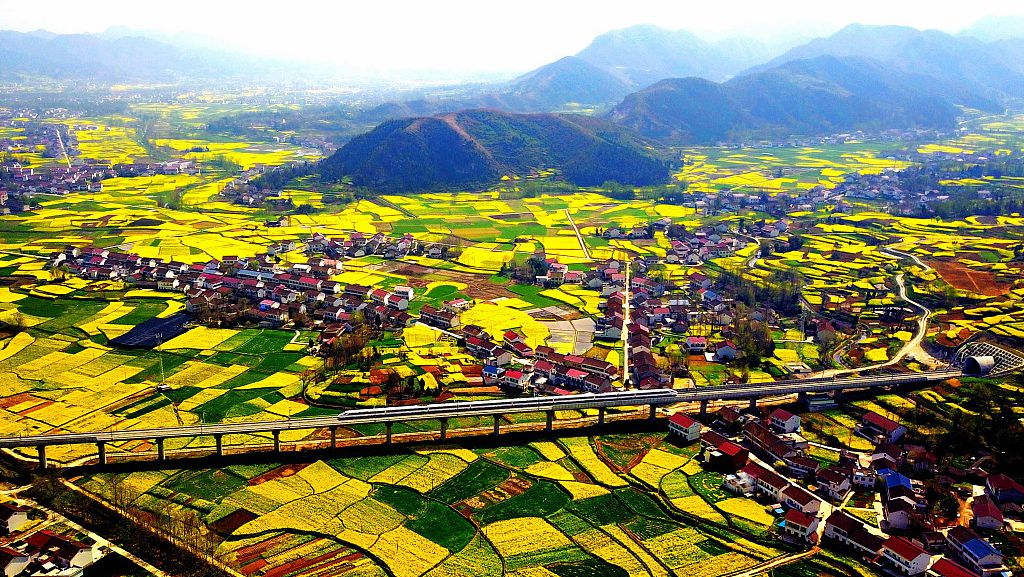
The Xi'an-Chengdu high-speed railway begins operation on December 6, 2017. /VCG Photo
The Xi'an-Chengdu high-speed railway begins operation on December 6, 2017. /VCG Photo
The second-class seats cost 263 yuan (39.15 U.S. dollars). Below, we cover some of the must-see scenery along the route.
Xi'an North Railway Station
Xi'an, the capital of northwest China's Shaanxi Province, is an ancient city with plenty of history. The city center is surrounded by a wall, an ancient military defensive system that has survived in China.
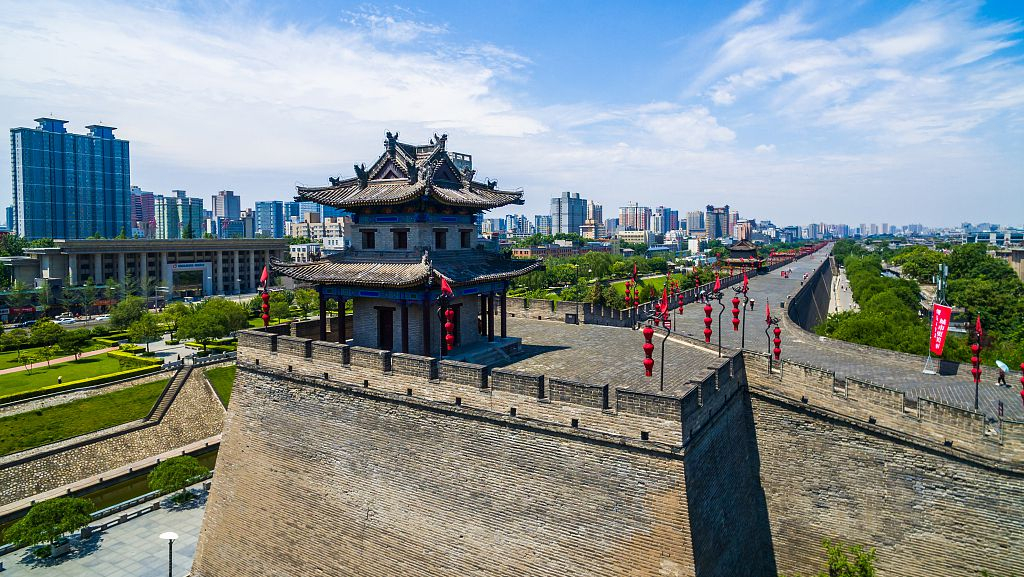
Xi'an's city wall in northwest China's Shaanxi Province. /VCG Photo
Xi'an's city wall in northwest China's Shaanxi Province. /VCG Photo

Xi'an City Wall in northwest China's Shaanxi Province. /VCG Photo
Xi'an City Wall in northwest China's Shaanxi Province. /VCG Photo
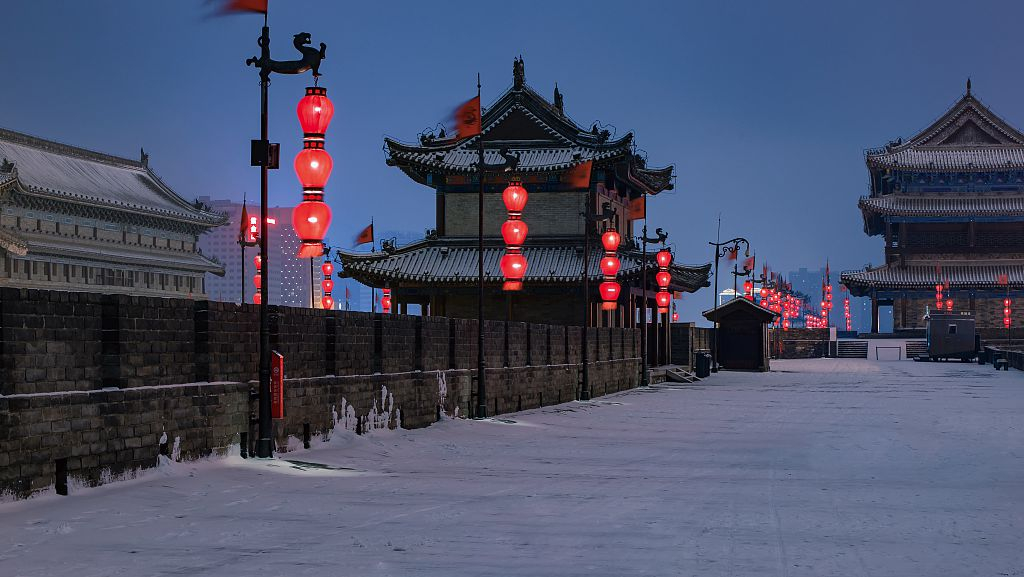
Xi'an City Wall in northwest China's Shaanxi Province. /VCG Photo
Xi'an City Wall in northwest China's Shaanxi Province. /VCG Photo
The city is full of classic Chinese architecture.There are a total of 18 city gates and the South Gate, or Yongning Gate, is the most time-honored and magnificent one.
You can enjoy a leisurely walk or bike on the city wall. The city also houses two museums that showcase its history. Admission costs 54 yuan (eight U.S. dollars) for adults, with children and students paying half-price. After exploring city wall, you can pay a visit to the nearby Bell Tower.
Another must-visit spot is, undoubtedly, the renowned Terrecotta Army, a UNESCO World Heritage Site that dates back to 3rd century B.C.
02:43

The life-size warrior figures, chariots and horses were buried together with China's first emperor, Qin Shi Huang, to protect him in the afterlife. The grand tomb was later accidentally discovered by local farmers in 1974, turning it into one of the best-known attractions in China.
The best time to visit Xi'an is from March to May and September to November. If you're interested in lingering longer, read this post:
How to perfect your 72-hour visa-free stay in Xi'anHanzhong Railway Station
In the middle of the train route, we make another important stop at Hanzhong. The most popular tourist site here is the Shimen Plank Road Scenic Area, another historic site that was built along the face of a cliff at the Shimen Reservoir.
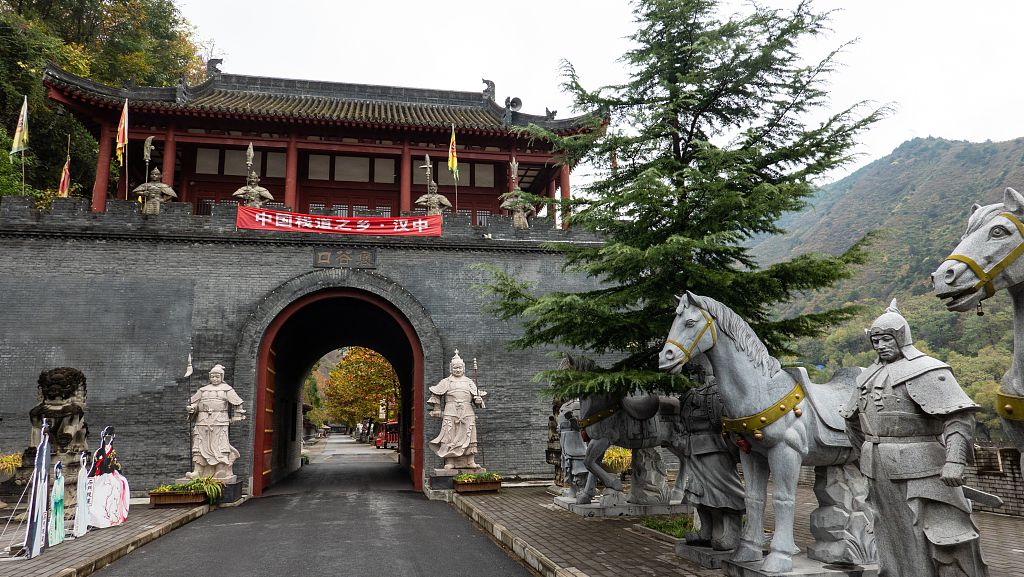
Shimen Plank Road Scenic Area in Hanzhong, northwest China's Shaanxi Province. /VCG Photo
Shimen Plank Road Scenic Area in Hanzhong, northwest China's Shaanxi Province. /VCG Photo

Shimen Plank Road Scenic Area in Hanzhong, northwest China's Shaanxi Province. /VCG Photo
Shimen Plank Road Scenic Area in Hanzhong, northwest China's Shaanxi Province. /VCG Photo

Shimen Plank Road Scenic Area in Hanzhong, northwest China's Shaanxi Province. /VCG Photo
Shimen Plank Road Scenic Area in Hanzhong, northwest China's Shaanxi Province. /VCG Photo

Shimen Plank Road Scenic Area in Hanzhong, northwest China's Shaanxi Province. /VCG Photo
Shimen Plank Road Scenic Area in Hanzhong, northwest China's Shaanxi Province. /VCG Photo
The scenic resort boasts beautiful natural landscapes and traditional Chinese architecture. The three spots you must visit are Shimen Plank Road, Shimen Tunnel and Shimen Dam.
The mountain is also great for hiking with a nice view along the way. Tickets cost 80 yuan (11.92 U.S. dollars).
No need to worry about hunger either. Snack and souvenir shops are lined along the street. You can try the local specialties – mianpi, a noodle-like Chinese snack made from wheat or rice flour, and cai doufu.
Chengdu East Railway Station
Finally the bullet train takes you to last stop – Chengdu. In the last episode, we recommended the
Research Base of Giant Panda Breeding as well as Wide and Narrow Alley. This time we bring you to the Dujiangyan irrigation system on the outskirts of the city and Jinli Ancient Street.
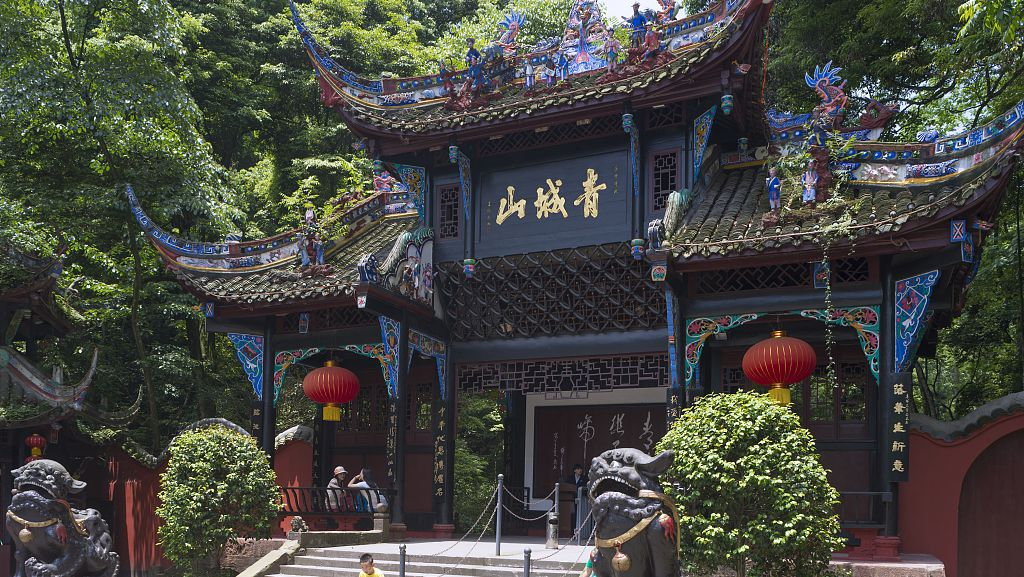
The gate of Mount Qingcheng in Chengdu, southwest China's Sichuan Province. /VCG Photo
The gate of Mount Qingcheng in Chengdu, southwest China's Sichuan Province. /VCG Photo
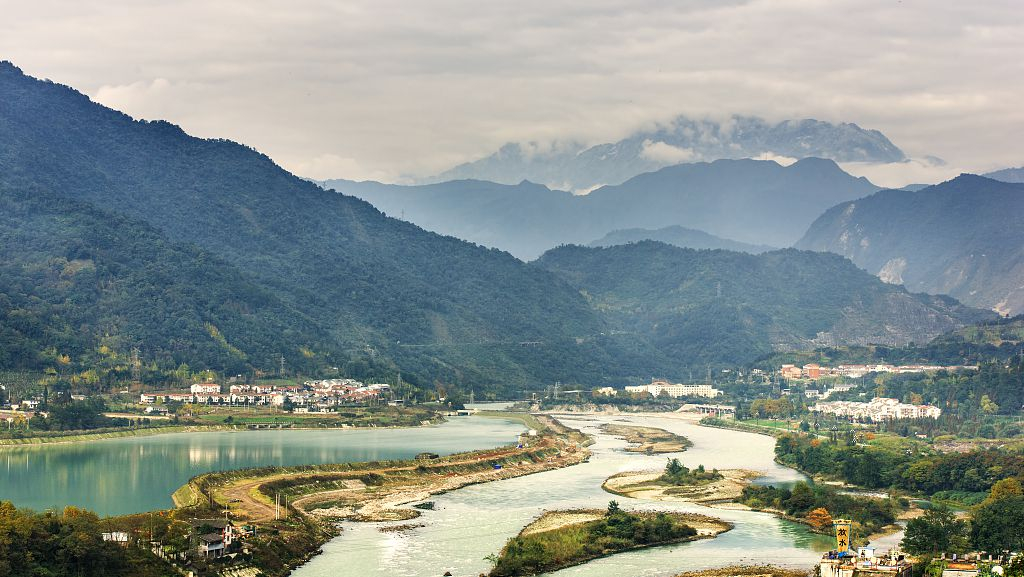
The Dujiangyan irrigation system in Chengdu, southwest China's Sichuan Province. /VCG Photo
The Dujiangyan irrigation system in Chengdu, southwest China's Sichuan Province. /VCG Photo
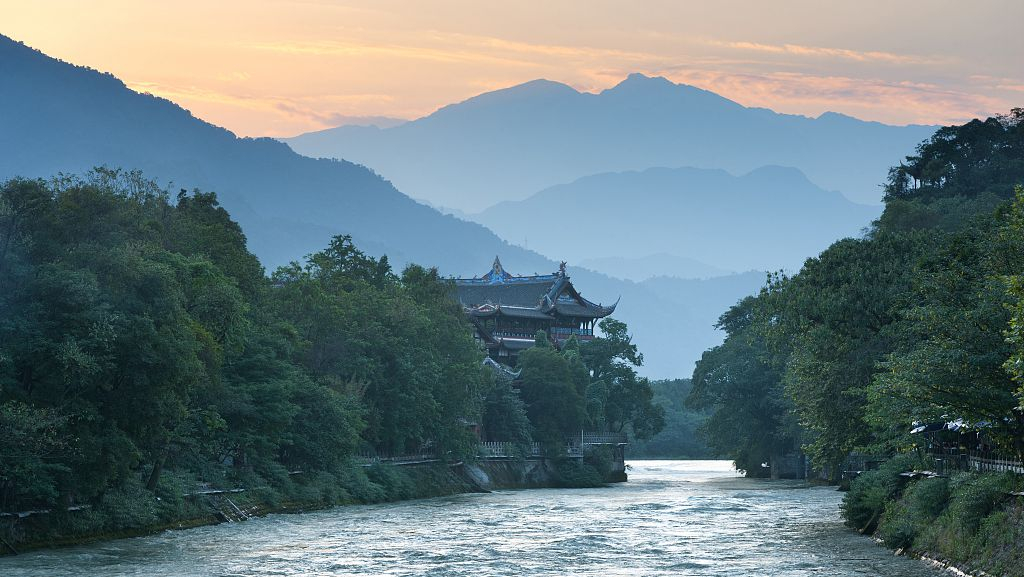
The Dujiangyan irrigation system in Chengdu, southwest China's Sichuan Province. /VCG Photo
The Dujiangyan irrigation system in Chengdu, southwest China's Sichuan Province. /VCG Photo

The Dujiangyan irrigation system in Chengdu, southwest China's Sichuan Province. /VCG Photo
The Dujiangyan irrigation system in Chengdu, southwest China's Sichuan Province. /VCG Photo
The construction of the irrigation system dates back to the Qin Dynasty (221-206 B.C.). Standing on the Minjiang River, it is the longest tributary of the Yangtze River, hence dubbed the "Treasure of Sichuan."
It plays a significant role in draining floodwater, irrigating farms and providing water resources for more than 50 cities in the province.
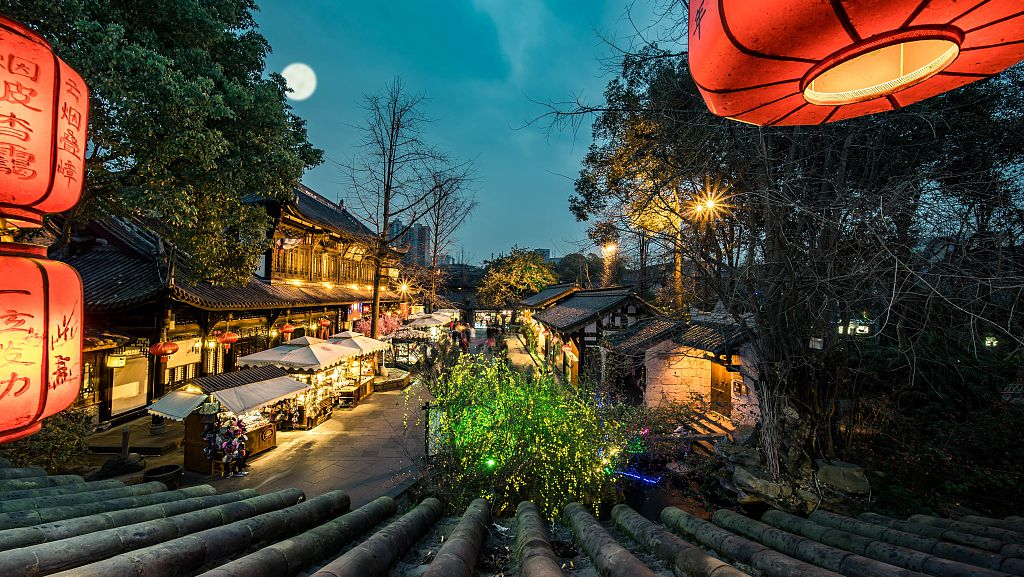
Jinli Ancient Street in Chengdu, southwest China's Sichuan Province. /VCG Photo
Jinli Ancient Street in Chengdu, southwest China's Sichuan Province. /VCG Photo
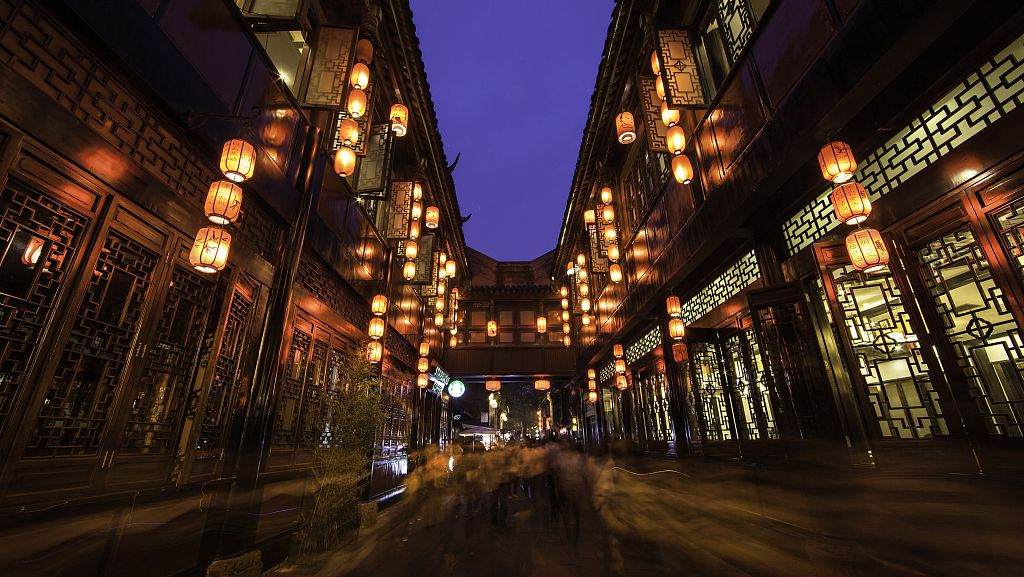
Jinli Ancient Street in Chengdu, southwest China's Sichuan Province. /VCG Photo
Jinli Ancient Street in Chengdu, southwest China's Sichuan Province. /VCG Photo
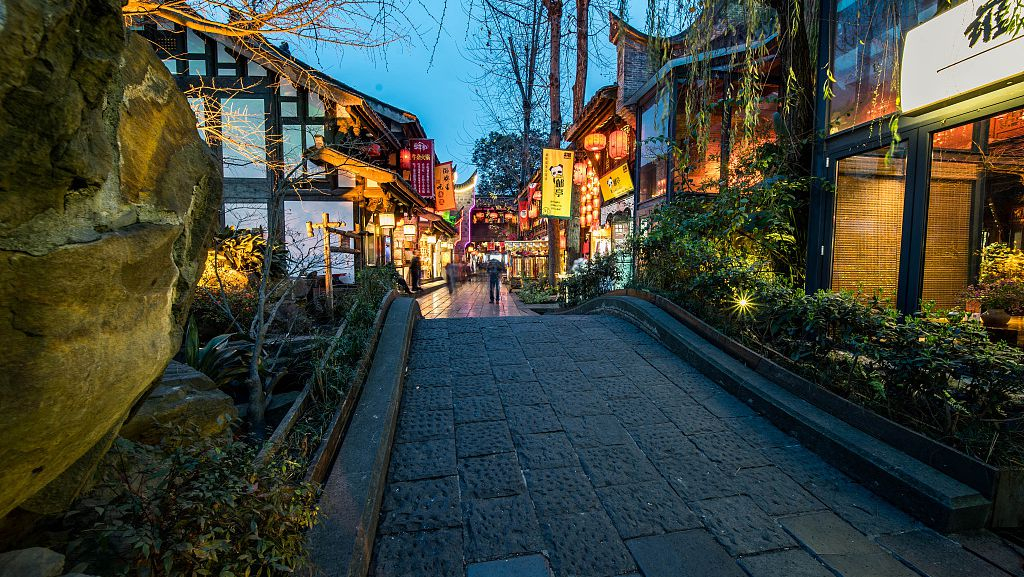
Jinli Ancient Street in Chengdu, southwest China's Sichuan Province. /VCG Photo
Jinli Ancient Street in Chengdu, southwest China's Sichuan Province. /VCG Photo
Jinli Ancient Street, located to the east of the Wuhou Temple of Chengdu, is one of the most-visited relic museums of the Three Kingdoms Period (220-280) in China. Here you will see the combination of its ancient culture together with the folk customs of Sichuan.

